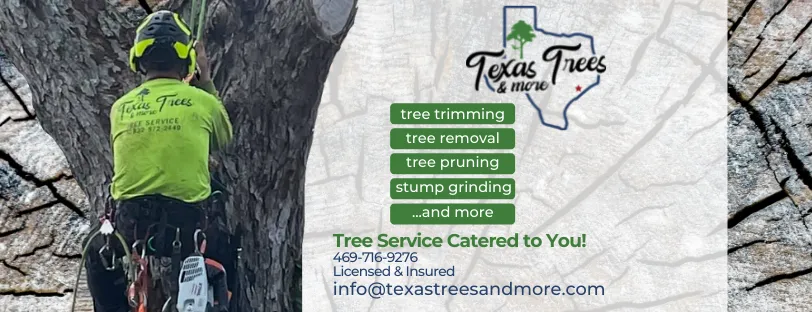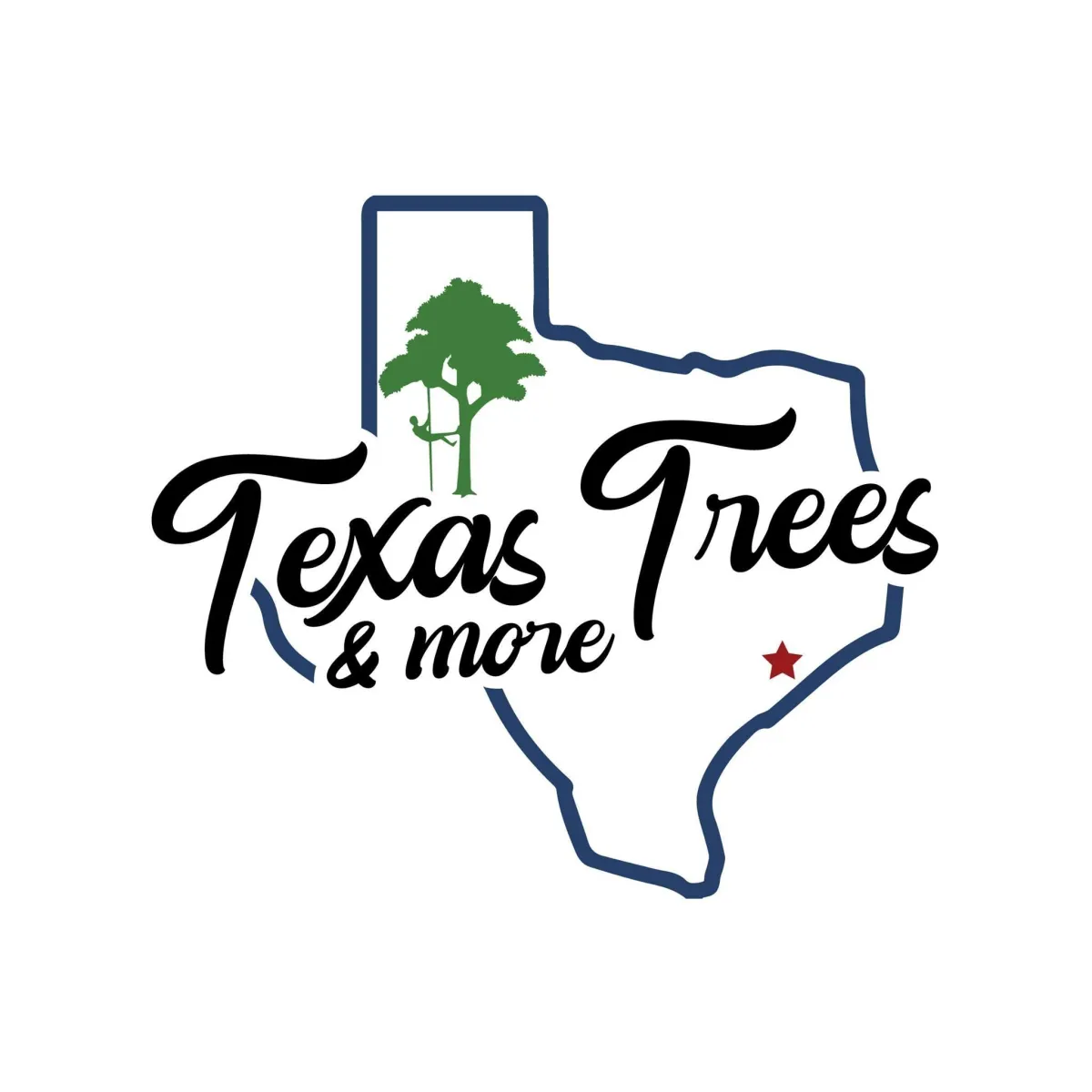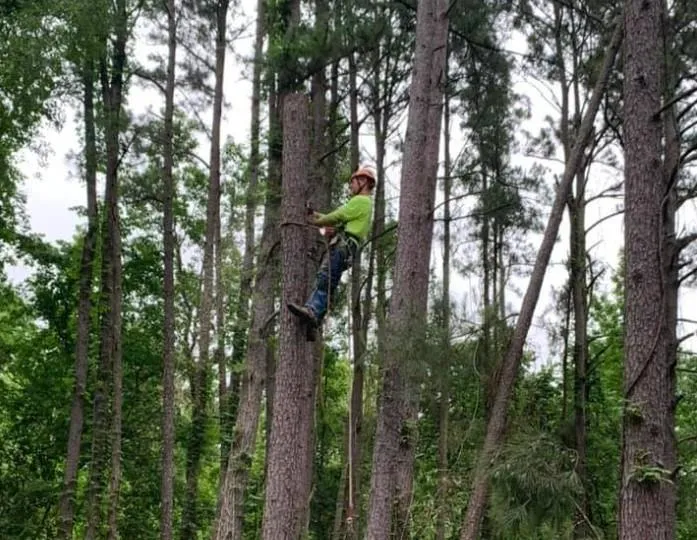Top-Rated Tree
Service in Midlothian, TX
Texas Trees and More provides professional tree service for a safer, healthier trees. Our reliable tree services are aimed to enhance and protect your property.
Available 24/7 for tree service emergencies!
Who We Are
Tree Service Company Serving Residents in Ellis County, TX
At Texas Trees and More, we’re passionate about tree service and dedicated to providing top-quality tree care services for our community. Whether you need a simple trim, a safe removal, or emergency response after a storm, our team is here to help you;
Save Time and Money
Get Cost Effective Tree Service
Access Professional Tree Service Team
Experienced Tree Service Experts
24/7 Emergency Tree Service Response

Cultivating Plants
Nurturing vibrant plants for beautiful, thriving landscapes.
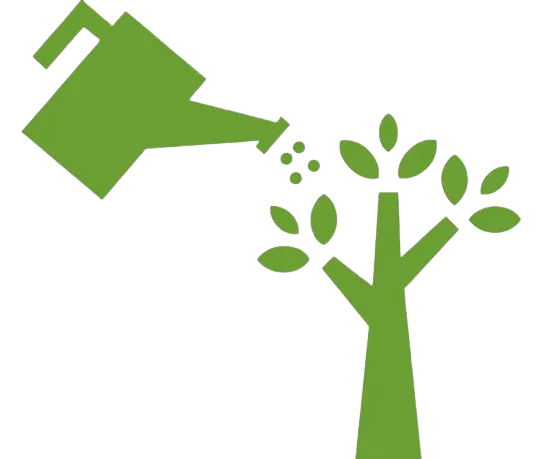
Designing Outdoor
Crafting stunning, functional outdoor living spaces.

Upkeep
Maintaining pristine landscapes with expert care.

Plant Nursery
Offering diverse, healthy plants for your garden.
Tree Service & Stump Removal
Effortlessly Beautify Your Yard with Our Tree Care Services.
Transform your outdoor space with ease using our professional tree services. From branch trimming to total tree removal, our expert team ensures your yard stays lush, vibrant, and beautiful year-round. Let us handle the hard work while you enjoy a stunning, stress-free landscape.
What We Offer
Comprehensive Tree Service To Meet Every Need
At Texas Trees and More, From routine maintenance to emergency assistance, we offer a full range of tree care services designed to keep your property safe and beautiful.
Explore our services below to find the solution you’re looking for.
Do you have a dead, diseased, or dangerous tree on your property? Our tree removal services provide a safe, professional solution. Trees can pose risks if they’re too close to structures, power lines, or pathways. Our expert team uses advanced equipment to remove trees carefully and efficiently, minimizing disruption and ensuring safety.
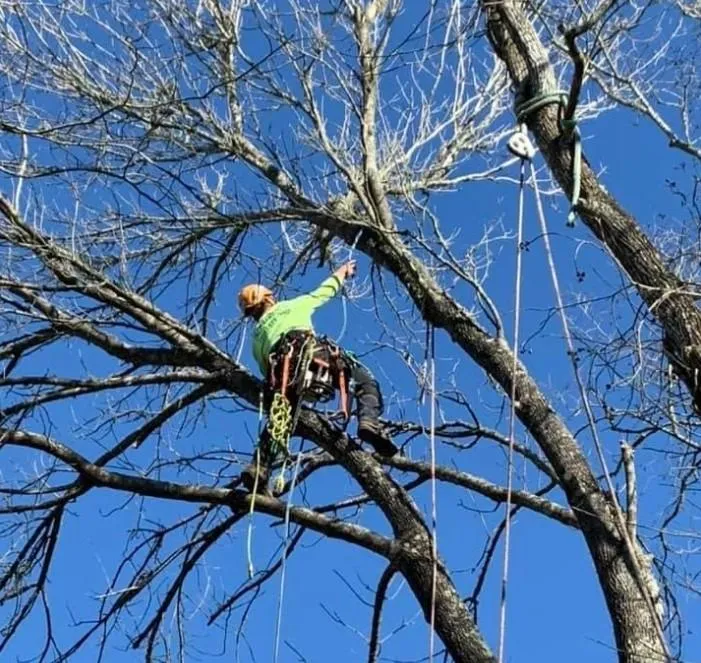
Routine trimming keeps your trees healthy, safe, and visually appealing. Proper pruning removes weak or damaged branches, promoting growth and preventing potential hazards. Our expert arborists understand tree biology, ensuring every cut benefits the tree and enhances your property’s landscape.
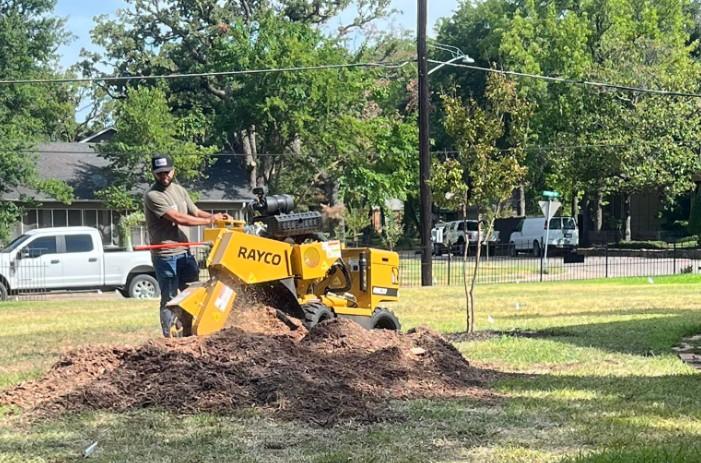
Leftover stumps are not just unsightly—they can attract pests and become tripping hazards. Our stump grinding service eliminates these risks, using high-powered equipment to grind down stumps until they’re flush with the ground. Reclaim your outdoor space with our efficient, affordable stump grinding service.
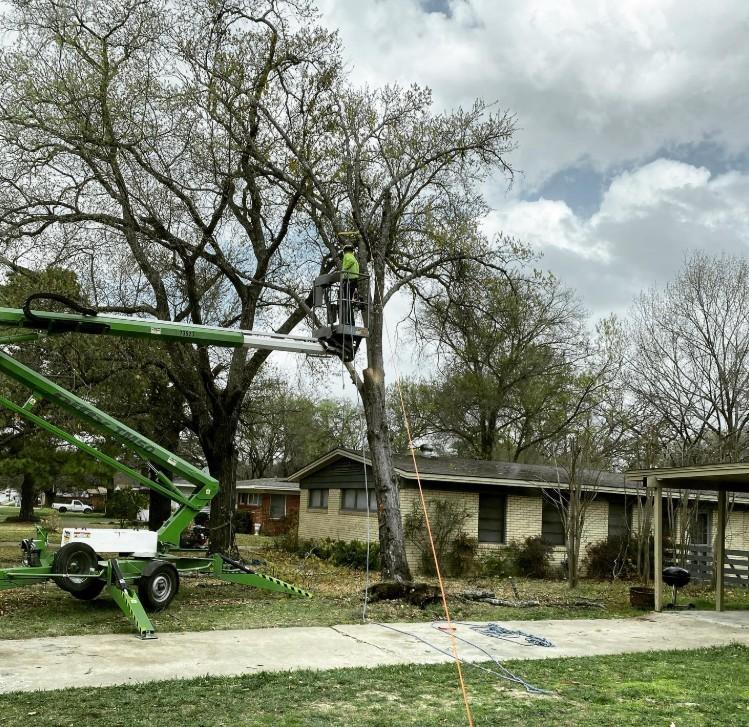
Storms and severe weather can cause unexpected tree hazards. Our emergency tree response team is available 24/7 to address fallen trees, broken limbs, or other urgent tree concerns. We arrive promptly, equipped to secure your property and handle any emergency situation safely.
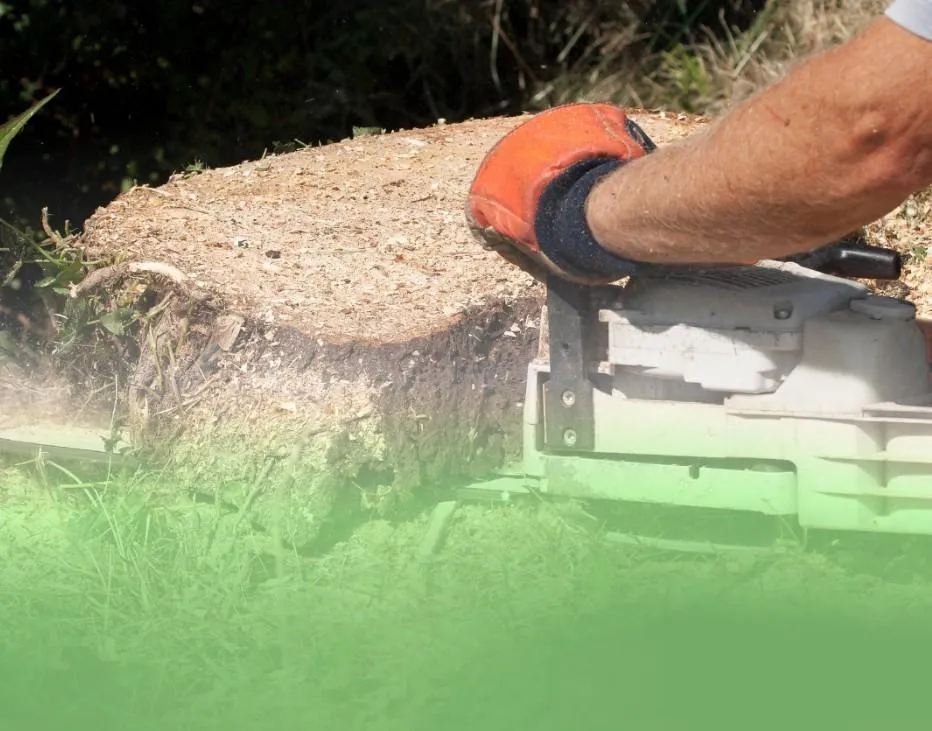
For homeowners seeking to completely remove stumps from their yard, we offer full stump removal services. Our team uses specialized techniques to pull stumps out at the root, leaving you with a blank slate for new landscaping or other projects. Say goodbye to stumps for good!
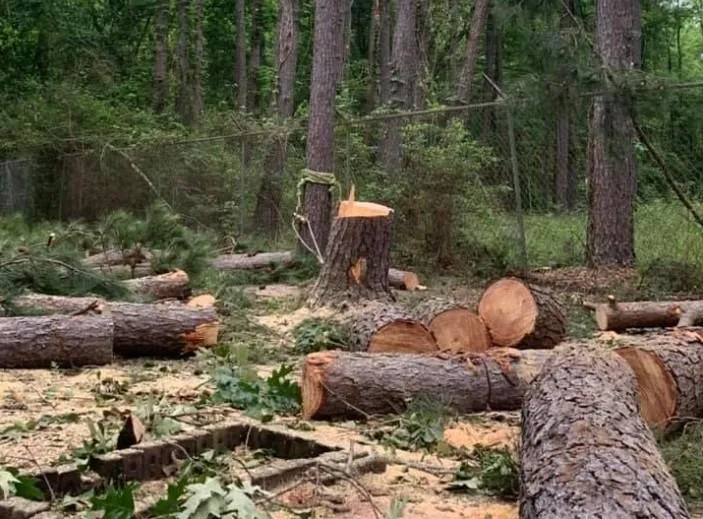
Ensure your landscape remains pristine with our maintenance services. Our team handles mowing, trimming, and clean-ups, keeping your space in top condition year-round.
Tree Service Company You Can Trust
Over the years, we’ve built our reputation on professionalism, expertise, and exceptional service. Our skilled crew are committed to providing safe, high-quality tree care to homeowners and businesses alike. With years of experience, cutting-edge equipment, and a focus on customer satisfaction, we’re here to meet all your tree care needs
Why Choose Us
We Are The Best Choice for Your Tree Service Needs
At Texas Trees and More, We combine top-notch skills, advanced equipment, and a friendly team to provide superior tree services. Whether you’re dealing with an emergency or planning a landscaping project, we’re here to help.
Expertise and Experience
With years of experience in the tree service industry, our skilled team brings knowledge, creativity, and attention to detail to every project. We ensure your trees and landscape is expertly treated and cared
Comprehensive Services
From tree removal, tree trimming and stump grinding, we offer a full range of tree services to meet all your landscaping needs. We are your one-stop solution for a beautiful, thriving outdoor space.
Customer Satisfaction
Our commitment to exceptional service and customer satisfaction sets us apart. We work closely with you to understand your vision and deliver results that exceed your expectations, ensuring a landscape you’ll love.
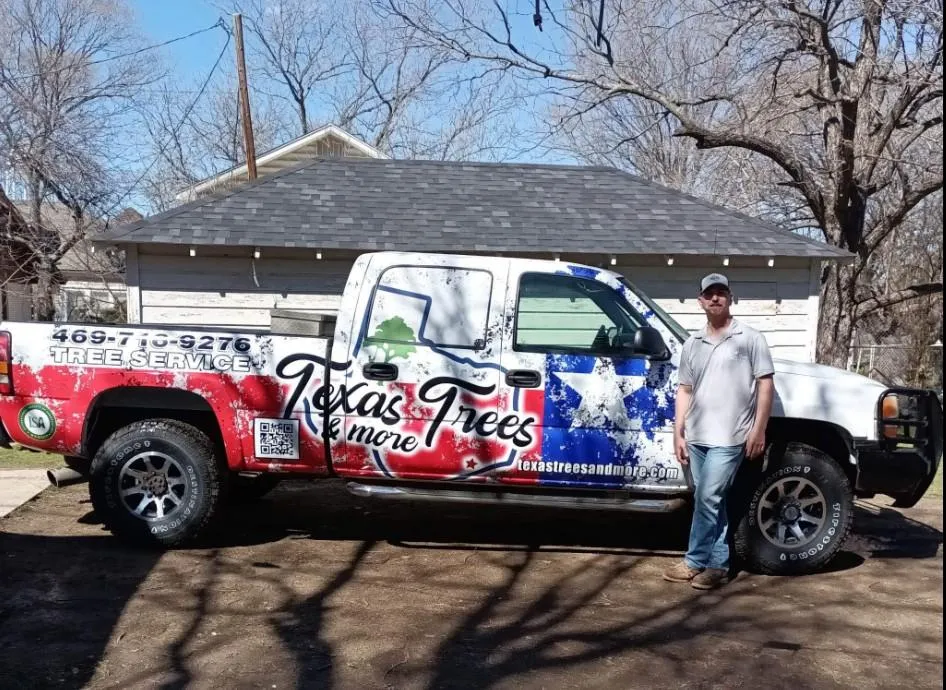

The Best Tree Service In Town
Comprehensive Tree Service, care & Management
Our comprehensive tree service ensure your yard stays lush and healthy year-round. From regular trimming or seasonal storm clean-ups, we handle everything needed to maintain a vibrant trees. Trust our expert team to keep your outdoor space looking its best with professional tree care and attention to detail.
Gallery

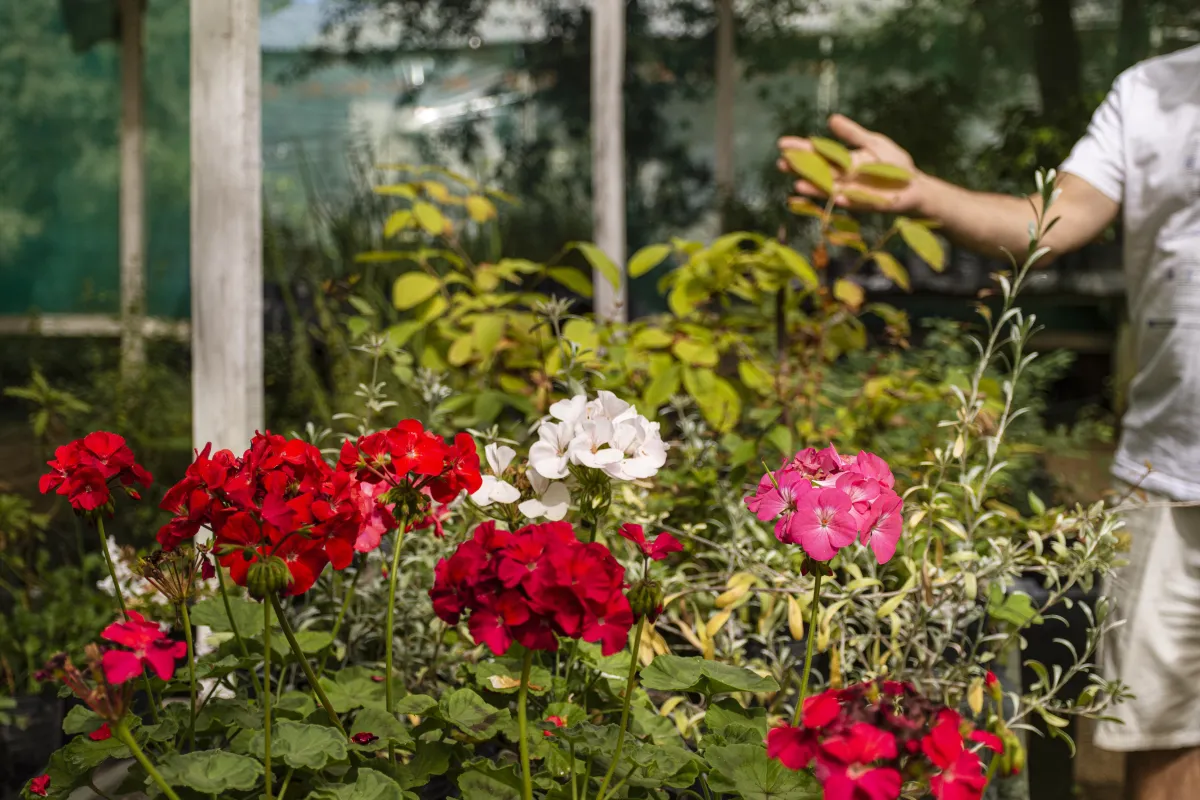


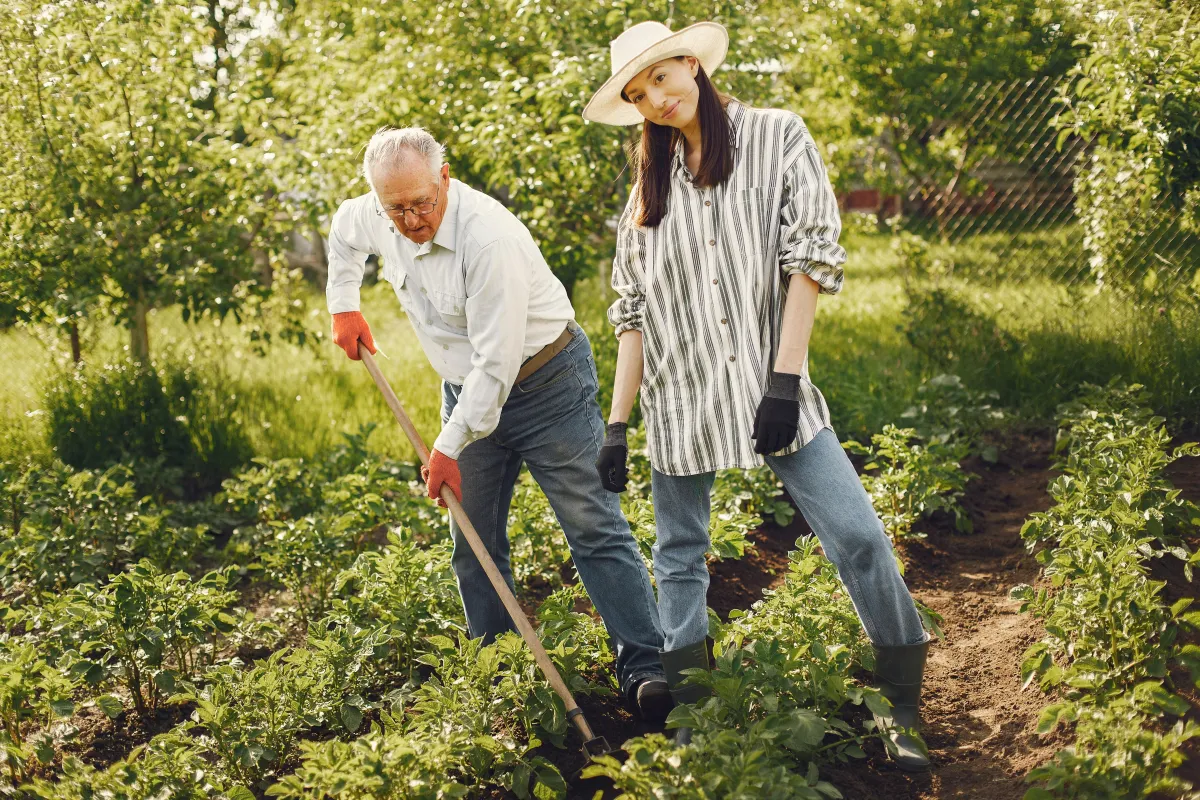
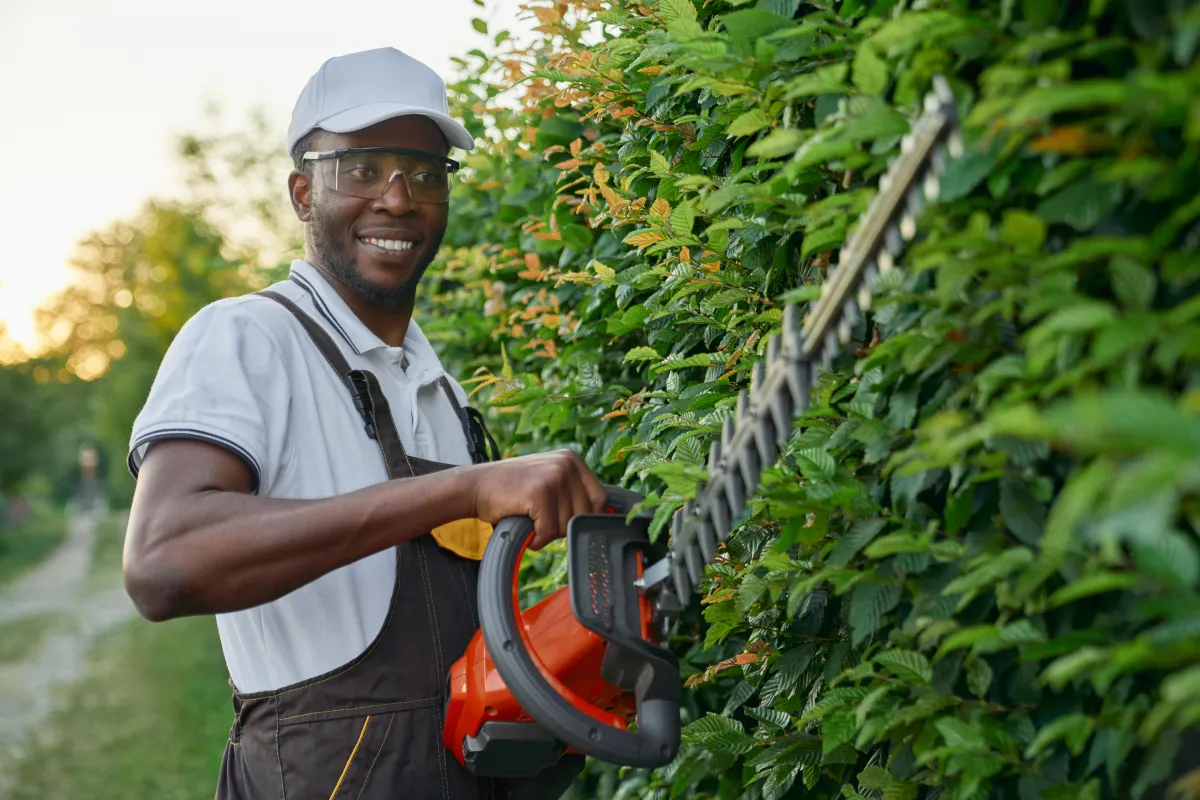
Testimonials - Hear From Our Customers

Frequently Asked Questions
What tree services do you offer?
We provide a wide range of services including tree removal, tree trimming, stump grinding, storm cleanup and 24/7 emergency response tree service.
How often should trees trimmed?
Tree trimming plays a vital role in safety, especially in residential or commercial landscapes. Overgrown or unstable branches can pose significant hazards, particularly during storms or high winds. Regular seasonal trimming minimizes these risks, ensuring that branches are less likely to fall and cause damage to property or injury to people. Furthermore, trimming enhances the tree’s aesthetic appeal, shaping its growth to complement the surrounding environment and boosting curb appeal. It also prevents trees from encroaching on structures, power lines, or neighboring plants, maintaining harmony within the landscape.
How can tree trimming benefit my trees?
Tree trimming is an essential practice that benefits trees in numerous ways, promoting their health, safety, and overall vitality. One of the primary advantages is that trimming removes dead, diseased, or damaged branches, which can otherwise drain a tree’s energy or become a source of infection. By cutting away these unhealthy parts, trees can redirect their nutrients to healthier branches, encouraging robust growth and a more balanced structure. Additionally, strategic trimming improves air circulation and sunlight penetration throughout the canopy, fostering an environment where leaves and branches can thrive. This enhanced exposure not only bolsters photosynthesis but also reduces the risk of fungal diseases that often develop in damp, shaded areas.
What sets your company apart from others?
Besides being a father and son owner operator tree service, we pride ourselves on our expertise, attention to detail, and commitment to customer satisfaction. We have an amazing crew with years of experience and a passion for trees. We strive to exceed your expectations in every project.
Here are answers to common questions about our tree services. Explore how we can enhance your outdoor space and address any questions you may have about our expertise and offerings.
